The World Day to Combat Desertification and Drought highlights the urgent need to halt land degradation through global cooperation and innovative solutions including those offered by nuclear science.
For example, ‘isotope hydrology’ offers a unique and powerful tool to map water resources and therefore protect them. It is building drought resilience for future generations.
Ricardo Sánchez-Murillo is affiliated with the National University of Costa Rica, which has been partnering with the IAEA to understand Costa Rica’s rainfall patterns. He said, “We now know exactly which areas need special attention, and we know how to protect them to ensure our water supply for now and the coming decades.”
Isotope hydrology is a nuclear technique that reveals how water migrates through the land, ocean and atmosphere, providing information about the water’s origin, age, quality and movement.
Isotopes are atoms of the same element with the same number of protons, but each has a different number of neutrons. Water (H2O) is composed of two atoms of Hydrogen and one of Oxygen. Each drop has a unique isotopic ‘fingerprint’ or ‘signature’ that depends on where it comes from. Scientists can track the movement and pollution of water along its path through the water cycle.
For sixty years, the IAEA has been supporting researchers around the world who gather and analyze water samples. The IAEA created the Global Network of Isotopes in Precipitation, the worldwide monitoring network built by the IAEA. It to provides governments and researchers with the long-term, large-scale data they need to understand climate processes at the local, regional and global scale.
Information from the research helps countries meet Sustainable Development Goal 6 (Clean Water and Sanitation) and deliver on the Water Action Agenda.
Beginning in 1962, water samples have been sent to the IAEA’s laboratories in Vienna. The results provide scientists with detailed information on the origin and age of the samples. This information is entered into the largest online isotopic hydrology database.
Lucia Ortega is IAEA Isotope Hydrologist. She said, “This large amount of data allows researchers to better understand the water cycle globally and locally. For example: when, where, and how groundwater is recharged. This is key to decision makers to manage water resources, particularly in the light of climate change.”
The IAEA datasets and maps have been made freely available for analysts around the globe to study how changing global rainfall patterns affect local water resources.
These aid countries in understanding how precipitation patterns change and how different rainfall events transfer to the groundwater system and help them also identify the exact source of water pollution when it occurs.
The IAEA is also promoting water cooperation through its Global Water Analysis Laboratory (GloWAL) Network. GloWAL was launched at the UN 2023 Water Conference. It is a groundbreaking transformative tool in water analysis, allowing countries to independently generate chemical and isotopic water data.
The GloWAL network fosters collaboration, best-practices, knowledge-sharing and capacity building among laboratories bridging technical gaps between lower-, middle- and high-income countries. GloWAL’s objectives include facilitating independent data collection in low- and middle-income countries, reducing technical disparities, stimulating financial investment and promoting scientific innovation in water analysis.
The First Coordination Meeting of GloWAL Network will be held in Vienna next week (18-20 June 2024).
Jodie Miller is the Head of the IAEA’s Isotope Hydrology Section. She said, “The IAEA’s work in promoting the use of nuclear technologies in water resource management is instrumental in advancing global efforts towards achieving water security and sustainability. Through continued research, technical cooperation, and collaboration, we can harness the full potential of nuclear science to protect our precious water resources for a better and sustainable future.”
Author: Burt Webb
-
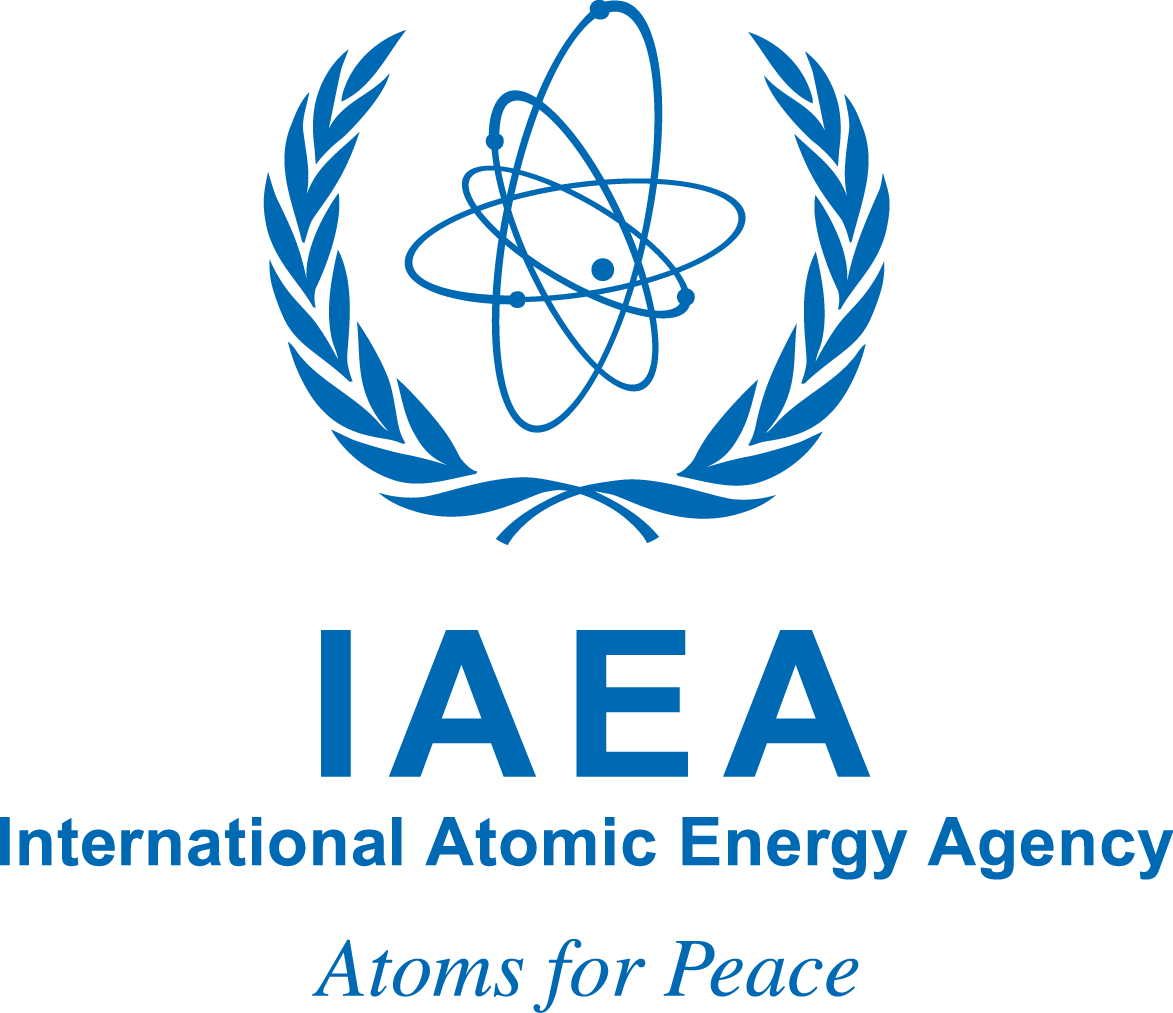
Nuclear Tools 01 – IAEA Assists Nations In Tracking The Movement Of Rain Water With Nuclear Tools
-
Nuclear News Roundup Jun 17, 2024
Belarus threatens to use nuclear weapons if “independence” is threatened Pravda.com.ua
Saudi Arabia participates in nuclear conference arabnews.com
North Korea calls South Korea, US and Japan ‘Asian version of NATO’ reuters.com
Coalition nuclear policy leaves traditional owners of Kakadu uranium mine worried abc.net.au
-
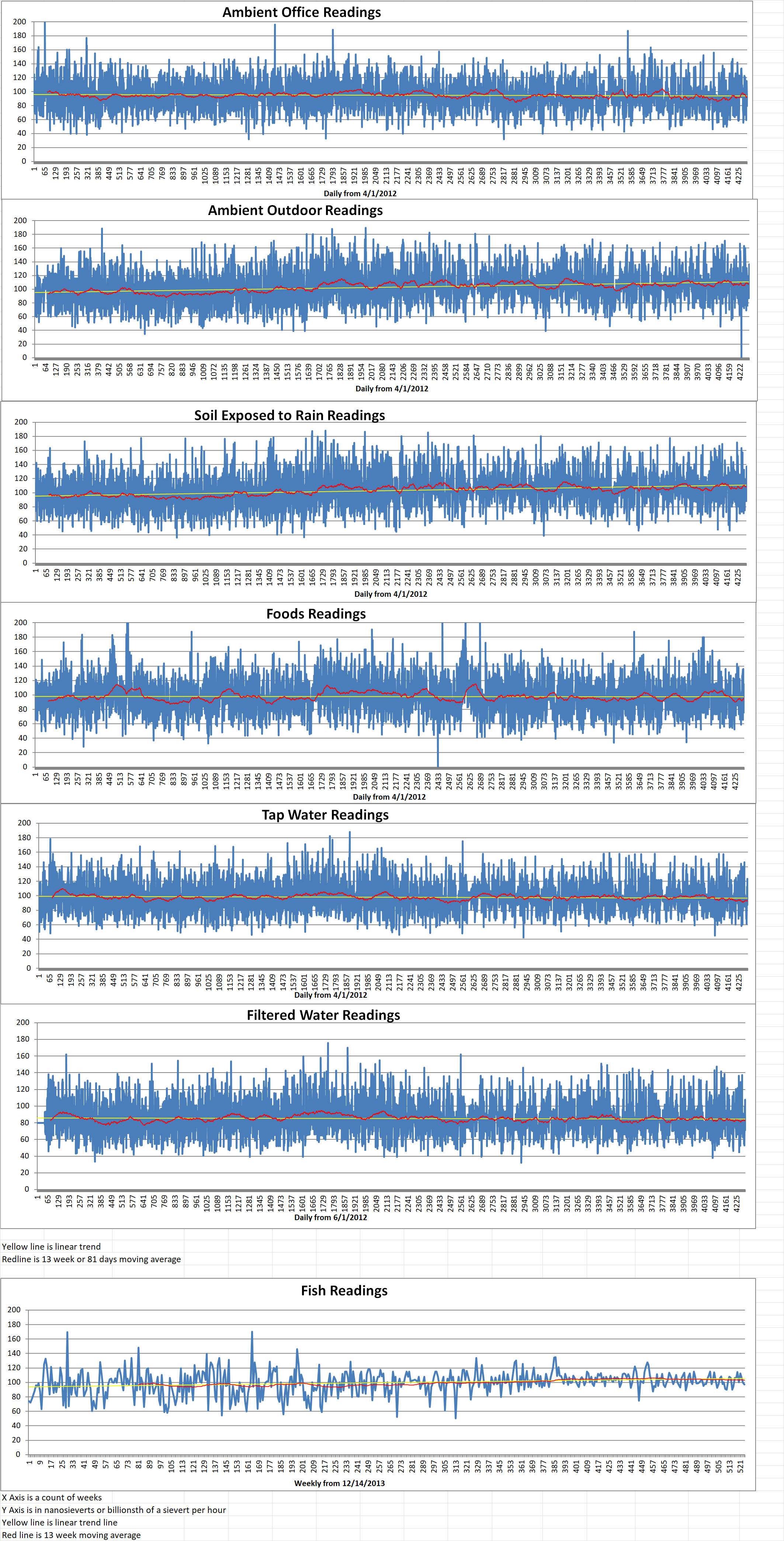
Geiger Readings for Jun 17, 2024
Ambient office = 86 nanosieverts per hour
Ambient outside = 136 nanosieverts per hour
Soil exposed to rain water = 137 nanosieverts per hour
Black grape from Central Market = 95 nanosieverts per hour
Tap water = 87 nanosieverts per hour
Filter water = 79 nanosieverts per hour
-
Nuclear News Roundup Jun 16, 2024
Streamlined permitting, new technologies put nuclear energy back in spotlight vicksburgnews.com
N.B. Power executives deny exaggerating nuclear troubles to justify large rate hike cbc.ca
Construction of WIPP ventilation system complete world-nuclear-news.org
Steam generators in place at fourth Kudankulam unit world-nuclear-news.org
-
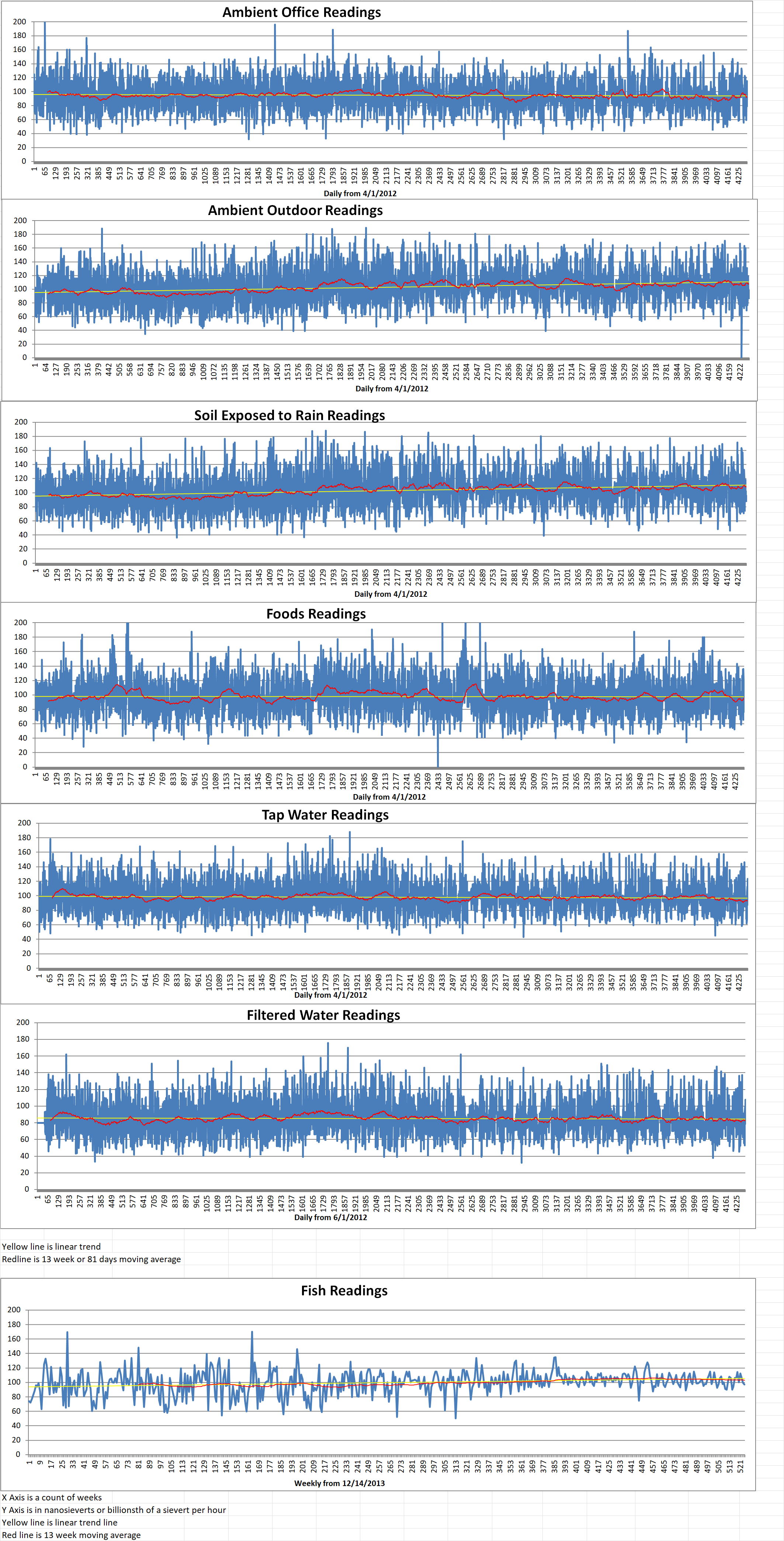
Geiger Readings for Jun 16, 2024
Ambient office = 79 nanosieverts per hour
Ambient outside = 89 nanosieverts per hour
Soil exposed to rain water = 88 nanosieverts per hour
Avocado from Central Market = 115 nanosieverts per hour
Tap water = 123 nanosieverts per hour
Filter water = 108 nanosieverts per hour
-
Nuclear News Roundup Jun 15, 2024
EU funding Framatome VVER-440 fuel development world-nuclear-news.org
Vietnam and Russia discuss nuclear energy collaboration world-nuclear-news.org
Ukrainian drones strike town near Zaporizhzhia nuclear plant, Russia-installed official says reuters.com
No nuclear veto: if the Coalition isn’t seeking community consent, is that really consultation? Theconversation.com
-
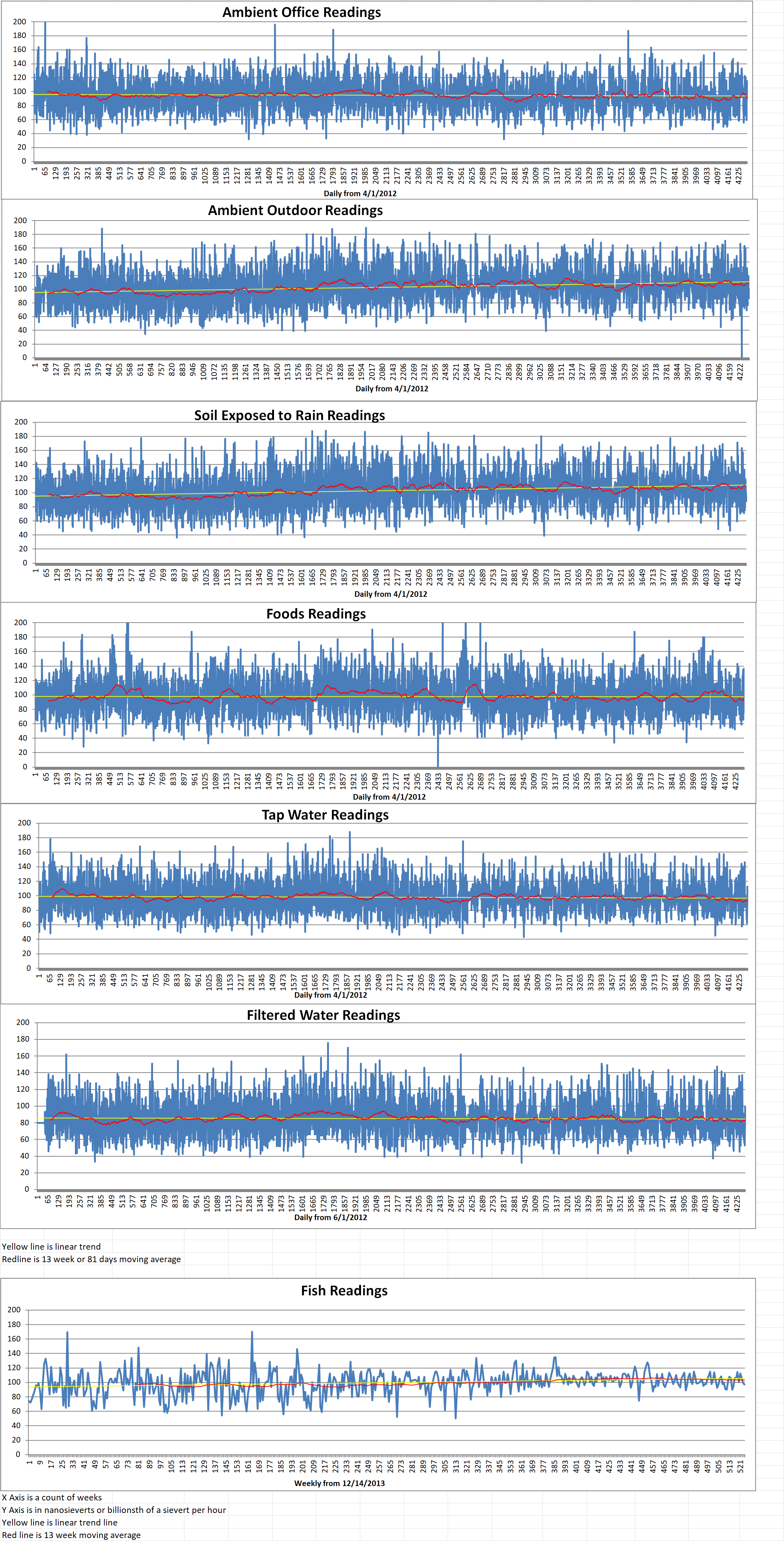
Geiger Readings for Jun 15, 2024
Ambient outside = 87 nanosieverts per hour
Soil exposed to rain water = 90 nanosieverts per hour
Asparagus from Central Market = 76 nanosieverts per hour
Tap water = 87 nanosieverts per hour
Filter water = 79 nanosieverts per hour
Dover Sole from Central = 97 nanosieverts per hour
-

Nuclear Reactors 1405 – China Restarts A Project To Deploy Floating Nuclear Power Stations In the South China Sea
China has announced advanced plans to deploy a series of nuclear reactors in the contested South China Sea. This is intended to gain a greater foothold in the disputed waters.
China reportedly suspended the project over safety concerns a year ago. However, China is moving ahead with plans to put nuclear reactors into the South China Sea. Some parts of which are claimed by nations including Indonesia, Malaysia, the Philippines, Taiwan and Vietnam.
The reactors are described as mobile “power banks.” They are small plants designed to be housed on ships, providing power to both stationary facilities and other vessels. They are intended to supply energy to China’s artificial islands upon which military infrastructure has been established, including airports.
China began constructing floating nuclear reactors in 2016. It announced plans to deploy as many as twenty of them in the South China Sea. However, in May 2023, the project was suspended. It is estimates that the floating reactors operate at roughly twenty five percent of the capacity of a standard land-based nuclear power station, of which China has thirty-seven.China’s plans have heightened tensions in the region, particularly among the other nations who lay claim to parts of the South China Sea.
General Jonathan Malaya is the Assistant Director of the Philippines National Security Council. He told local media that “Anything that supports their military presence in those islands is technically a threat to our national security and against our interests.”
Malaya also said that that the U.S. and other Western nations, including Australia, are expected to expand their joint patrols in the South China Sea to counterbalance China’s increasing influence.
The International Atomic Energy Agency (IAEA) has demanded stringent international guidelines to ensure the safe operation of marine-based nuclear reactors.
Lydie Evrard is the IAEA’s Deputy Director General. She said, “We are working with member states to establish necessary standards to mitigate risks associated with floating nuclear power plants” in a statement in April.
Liu Pengyu is a spokesperson for the Chinese Embassy in Washington, D.C. She said, “China’s position on the South China Sea issue is consistent and clear. We are committed to peacefully resolving disputes through negotiation and consultation, managing disputes through the formulation of rules and mechanisms, and achieving win-win results through development and cooperation. We work with ASEAN countries to safeguard peace and stability in the South China Sea and truly make the South China Sea a sea of peace, cooperation and prosperity. Some frequently cite China as an excuse to strengthen its military deployment and activities in the South China Sea and maintain its maritime hegemony.”
Earlier this week, China accused the U.S. of undermining international nuclear disarmament by emboldening NATO. An anonymous Chinese embassy representative told the state-run Tass news agency that America is “undermining the nuclear disarmament and non-proliferation regime and should stop doing it.”
The Chinese embassy issued a statement that said that the U.S. “clings to a first-use nuclear policy, devises nuclear deterrence strategies against others and has invested heavily to upgrade its nuclear triad.” -
Nuclear News Roundup Jun 14, 2024
IAEA says Ukraine advances nuclear security amid Russia’s war euromaidanpress.com
Putin Once Tried to Curb North Korea’s Nuclear Program. That’s Now Over. Nytimes.com
Australia news live: Ted O’Brien won’t disclose how much nuclear will contribute to energy mix as Plibersek targets cost of Coalition plan theguardian.com
U.S. and China hold first informal nuclear talks in five years reuters.com
-
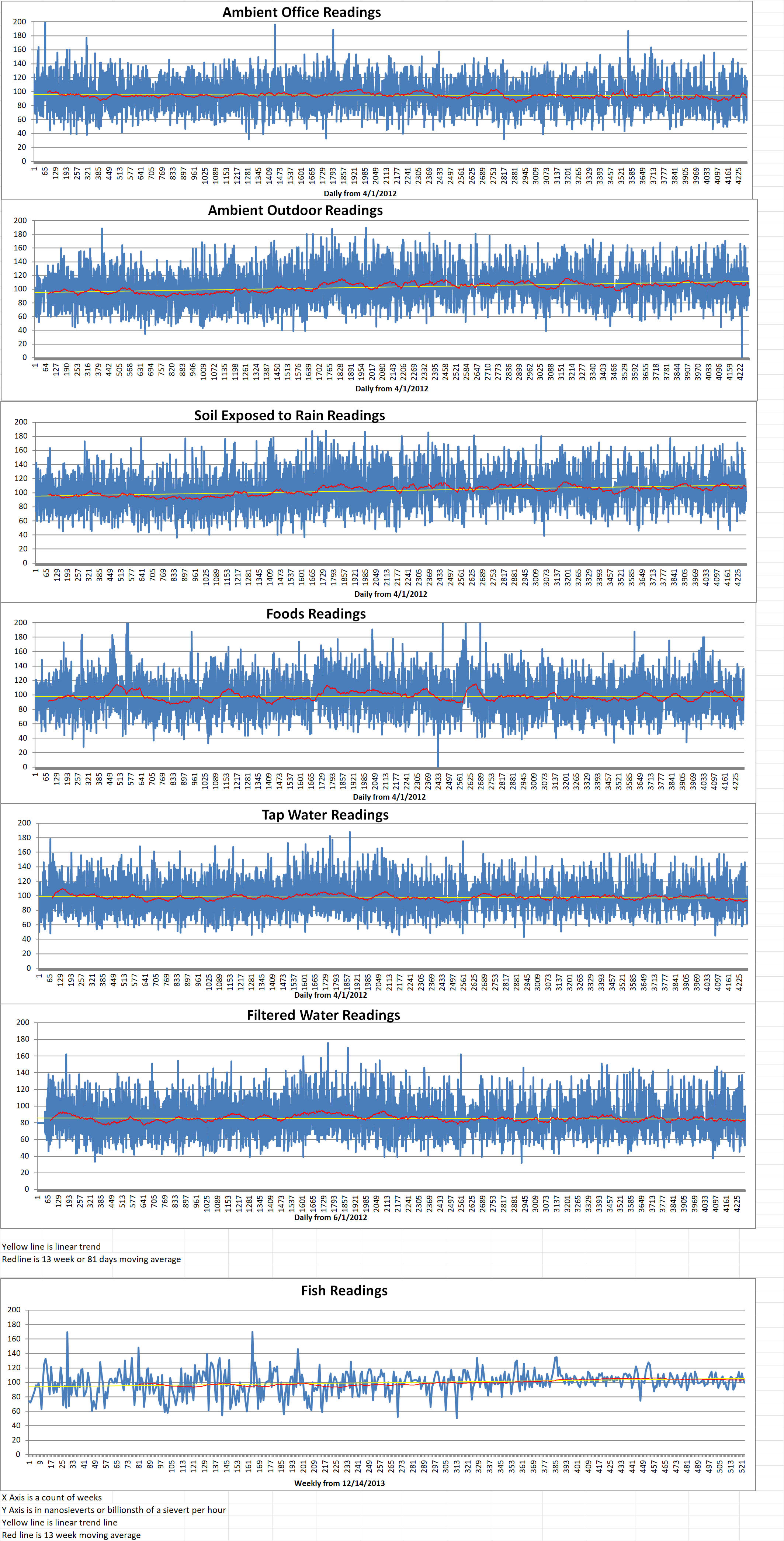
Geiger Readings for Jun 14, 2024
Ambient office = 115 nanosieverts per hour
Ambient outside = 99 nanosieverts per hour
Soil exposed to rain water = 96 nanosieverts per hour
Asparagus from Central Market = 97 nanosieverts per hour
Tap water = 113 nanosieverts per hour
Filter water = 100 nanosieverts per hour
